On the Path to the Perfect Neighborhood
Embarking on the journey of finding your next neighborhood is akin to painting a canvas—you need the right tools, techniques, and a keen eye for detail to create a masterpiece that fits your lifestyle seamlessly. Picture this: leisurely strolling to a nearby café for breakfast, or effortlessly walking around the corner to your yoga class. Sounds like the dream life, doesn't it? But before you commit to buying or renting a property, it's essential to conduct a thorough evaluation to ensure that the neighborhood aligns with your vision of a walkable, vibrant community.
Listen to the Locals:
Before making any decisions, tap into the collective wisdom of the locals. A quick search for "What Locals Say" can provide valuable insights into key aspects of the neighborhood, including its walkability to restaurants and grocery stores, the presence of sidewalks, safety for pedestrians at night, and the necessity of owning a car. For instance, in Boston's Beacon Hill neighborhood, an impressive 93% of residents attest to the presence of sidewalks, while only 18% feel a car is necessary.
Assess the Commute:
A truly walkable neighborhood extends beyond its borders, encompassing seamless connectivity to public transit networks. Research the accessibility of transportation options like buses, trains, and bike shares, and map out your route to work in public transit mode. Consider factors such as walking distance to transit stops and the duration of your commute. Additionally, gather firsthand insights from locals about their commuting experiences to gain a holistic understanding of transportation dynamics within the area.
Explore Local Dining Spots:
The culinary landscape of a neighborhood can be a reflection of its vibrancy and walkability. Utilize platforms like Yelp or Google Maps to gauge the abundance of dining options within walking distance of your prospective home. A thriving restaurant scene not only enhances convenience but also indicates a bustling community where residents actively engage with their surroundings.
Take a Virtual Tour:
Thanks to technology, you can embark on a virtual exploration of your potential neighborhood using tools like Google Street View. Navigate through the streets to visualize the surroundings and assess the accessibility of amenities and infrastructure. While virtual tours offer valuable insights, remember to interpret the images with caution, considering factors like the time and season when the photos were captured.
Visit at Different Times:
Nothing beats the authenticity of experiencing a neighborhood firsthand. Schedule multiple visits at different times of the day, including evenings, weekends, and weekdays. Observe the liveliness of cafes and shops during peak hours and assess the accessibility of your preferred routes. Pay attention to details like sidewalk width, presence of shade-providing trees, street furniture, crosswalks, and street lighting, which are indicative of a pedestrian-friendly environment.
Finding the perfect neighborhood involves a blend of research, observation, and personal experience. By listening to locals, evaluating transportation options, exploring dining venues, conducting virtual tours, and experiencing the neighborhood firsthand, you can make an informed decision that aligns with your lifestyle preferences. So, lace up your walking shoes and embark on your neighborhood quest—it's time to find your ideal place to call home.
Categories
Recent Posts

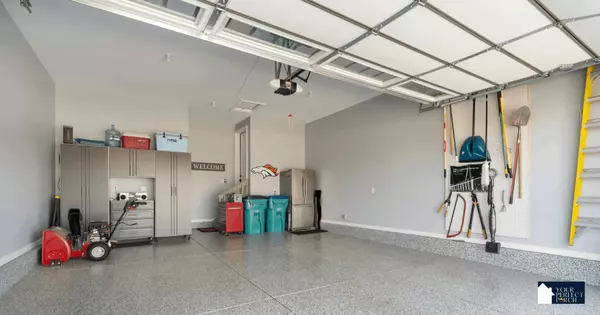

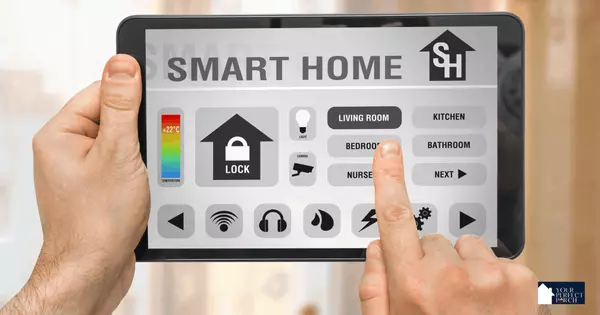

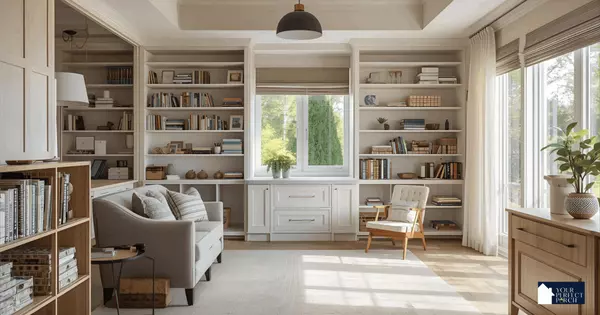
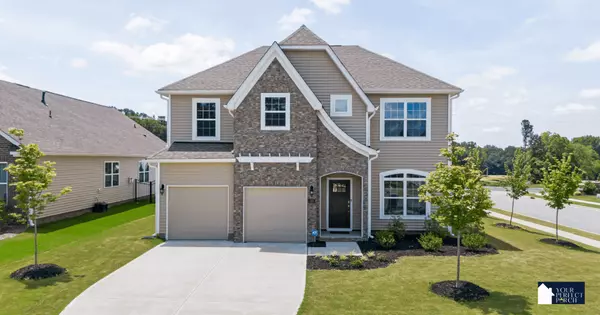
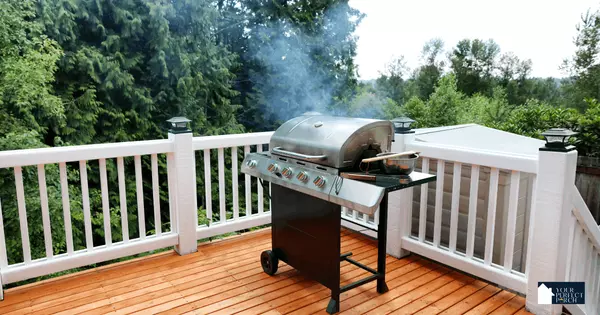

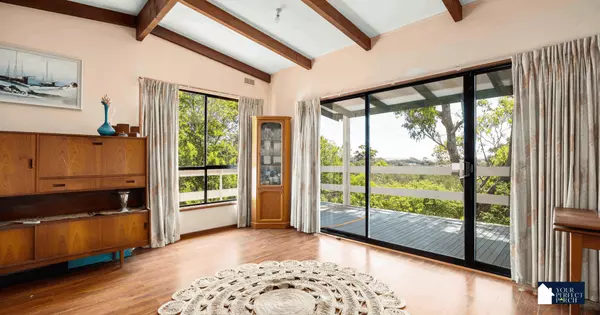
GET MORE INFORMATION

